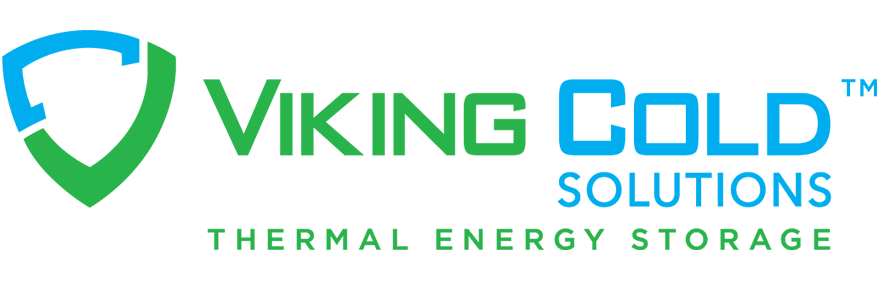Energy costs around the U.S. have been climbing leaving consumers wondering “how high will they go?” States such as Hawaii, Massachusetts, and California have the highest electricity rates in the country, with California as the second-largest energy consumer in the nation after Texas. In the last five years, electricity costs in the Los Angeles area exceeded the national average by 34% or more since 2018 – see Chart 1.
Chart 1: Average prices for electricity U.S. & Los Angeles
Source: U.S. Bureau of Labor Statistics
Despite California’s high-energy consumption, its per capita energy consumption is less than most states due in part to its mild climate and its energy efficiency programs. The Golden State primarily produces electricity from solar, geothermal, and biomass energy, making it one of the most energy-efficient states in the country – but that isn’t enough for California. The state has committed to reaching a goal of 100% renewable and zero-carbon electricity by 2045, and the California Energy Commission (CEC) is leading the way.
The CEC supports energy research and development programs to spur innovation in energy efficiency and has lately completed a major study on the route to zero net energy (ZNE), which includes Viking Cold Solutions’ Thermal Energy Storage (TES) in the blueprint for a path to net zero emissions for commercial buildings. The Viking Cold TES system was installed in the walk-in grocery freezer at a San Francisco Whole Foods store. This installation included Phase Change Materials (PCM) mounted on the ceiling of the walk-in freezer as well as cloud-based intelligent controls integrated with the existing refrigeration controls.
According to the report, refrigeration accounts for a majority of the store’s electrical load, therefore thermal PCM, also known as thermal energy storage or TES, is a promising method for storing small amounts of excess energy. TES allows refrigeration compressors to run less often when energy costs are high (and energy production is low) and to run more often and store thermal energy when energy costs are low (and there is excess generation). This reduces cycling of the compressors and refrigeration energy costs, ultimately improving the efficiency of existing refrigeration systems. This is done by increasing the percentage of the total refrigeration run time that occurs during hours with lower ambient temperatures, thereby running the compressors at higher efficiency levels – see Chart 2.
Chart 2: Plot comparing the predicted baseline energy with post-retrofit energy consumption for Viking Cold System
Source: CEC Report, Figure D-9
TES technology combines intelligence with PCM to maximize the energy efficiency of the refrigeration system. Viking Cold PCM cells add thermal mass to a room, providing the ability to hold designated temperatures for much longer periods, which helps reduce refrigeration runtimes. Intelligent controls and an energy-management system help maintain a constant temperature and alert operators about any mechanical malfunction or power outage. The CEC study concluded that TES technology produced 25% energy savings and was proven as an applicable energy conservation measure to help achieve California’s energy efficiency goals. The results of this study were released by the CEC as a blueprint for a successful path to ZNE commercial buildings in California, but this blueprint could easily be one for the entire world.
Read more about Viking Cold’s approach to cold storage efficiency here. For additional information about the CEC study, click here.


